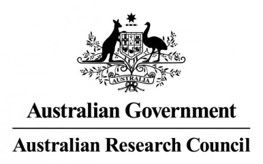Ein Schwerpunkt unserer Forschung liegt in der methodischen Entwicklung der MR-Bildgebung und Spektroskopie, der Erforschung neuer Verfahren, die im weitesten Sinn eine quantitative Gewebecharakterisierung am Probanden und Patienten ermöglichen. Dabei steht im ersten Schritt oft nicht eine klinische oder neurowissenschaftliche Fragestellung oder eine spezifische Organerkrankung im Vordergrund, sondern vielmehr eine möglichst universelle Beschreibung und Analyse der MR-Signalentstehung im lebenden Gewebe und in Proben. In dieser virtuellen, im Computer modellierten und simulierten Welt kann das Verhalten der Kernmagnetisierung auf äußere Änderungen (Fluss, Oxygenierung, Diffusion, usw.) untersucht werden.
Wir verstehen unsere wissenschaftliche Arbeit aber auch als Schnittstelle zwischen Grundlagenforschung und konkreter Anwendung an gesunden Probanden und Patienten, daher fließen unserer Ergebnisse sowohl in die Erforschung neurologischer und psychiatrischer Erkrankungen als auch in die Ergründung des menschlichen Gehirns und seiner Physiologie.

















